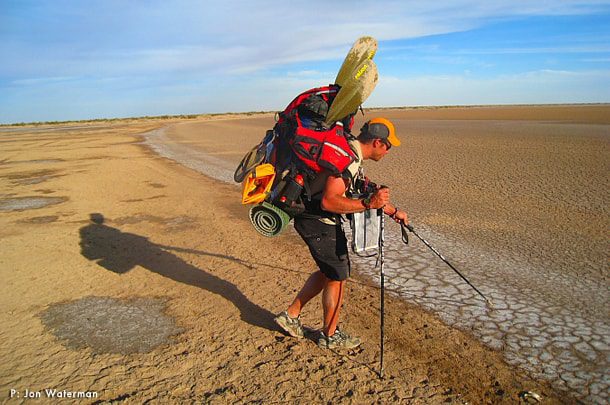

Our executive director, Tracie Barham, wrote this op-ed for Voice of San Diego. Tracie calls out the Water Authority for cutting mandatory conservation measures when we need them most.
Without mandatory conservation, San Diego is positioning itself to fall back into the same short-sighted planning that built the state’s drought inadequacies in the first place.
For decades, the San Diego region inched closer and closer to a drought crisis, pumping more water for more lawns from the ever-dwindling supplies in the Colorado River Basin and the Bay Delta. We were addicted, concerned with getting more water today, not the drought tomorrow.
Then we hit rock bottom. In 2015, after we failed to respond to voluntary conservation calls to action, Gov. Jerry Brown declared a state of emergency. Finally, the state had a moment of truth: It was time to wean off the formerly sacrosanct approach of piping in more water and adopt the common-sense approach of using less. The state and region brought out an arsenal of incentives to encourage conservation, and in under a year we realized life was just as good when we used an average of 50 fewer gallons per person, per day. We lowered energy use, transformed our neighborhoods to reflect the region’s natural beauty and upgraded our technology. Since June 2015, San Diego had lowered its water use by a whopping 21 percent.
Meanwhile, the San Diego County Water Authority was fighting hard to get us hooked again. Why? It is the public agency that sells us our water; its member agencies bring in more money when we waste water and less money when we conserve water. It led the charge of water dealers across the state to successfully lobby the California State Water Board to weaken conservation regulations. Now, water agencies can set their own conservation targets and, unsurprisingly, the Water Authority is seeking to set ours quite low. At zero. Zilch. Nothing. Nada. From a 25 percent conservation goal to no need to conserve water anymore.
The message: “The drought is over. Use as much as you want.” But the drought, and the consequences of our dependence on imported water, are as severe as ever. Eighty-four percent of the state remains in drought condition. The Sierra snowpack, the state’s largest water storage, is currently at 8 percent. Lake Mead is about 50 feet away from provoking a federal level 1 water shortage declaration, which could cut off water to Arizona and Nevada.
The Salton Sea, the biggest lake in California, is on track to go completely dry because of water transfers that San Diego takes from the farmers. When it does, lakebed toxins like arsenic and selenium could be blown into the air, creating a poisonous, apocalyptic dust storm. Would this be our state’s newest environmental injustice, poisoning Imperial Valley farmworkers and increasing childhood asthma as the toxic plume creeps as far as Los Angeles, just so we can keep lawns green?
Despite the successes of conservation, the Water Authority would rather go back to business as usual, leave the hose running and cash in. This is what happens when regulatory powers roll over from lobbying pressure and legal threats of water agencies. The focus of water supply shifts from the ever-receding water line to the financial bottom line.
Supposedly, the Water Authority is a big proponent of encouraging conservation. But lots of organizations encouraged conservation over the last 50 years. The change that finally pulled us out of our water binge wasn’t an encouraging pat on the head and a reminder to do the right thing. It was cash. Fines for wasting and rewards for conserving. We were poised to show the world what is possible when you embrace a smarter future instead of burying your head in a lush, green lawn.
Now without mandatory conservation, San Diego positioned itself to fall back into the same short-sighted planning that built the state’s drought inadequacies in the first place.
But there is another way. We must completely adapt to the new landscape of water scarcity and continuing drought. We’ll need more than empty words; we’ll need more conservation incentives like turf rebates for water-wise landscaping and more conservation education for the public. We’ll need major investments for more wastewater recycling and stormwater capture and to continue water conservation programs that were already working.
We can stay on track toward a better future, despite the fact that the Water Authority is calling for zero percent conservation measures. But to continue on a path toward finally breaking our crippling, lifelong addiction to wasteful use of imported water, the Water Authority must stop saying, “I encourage you to conserve,” while it hands us a brand new, shiny garden hose.













